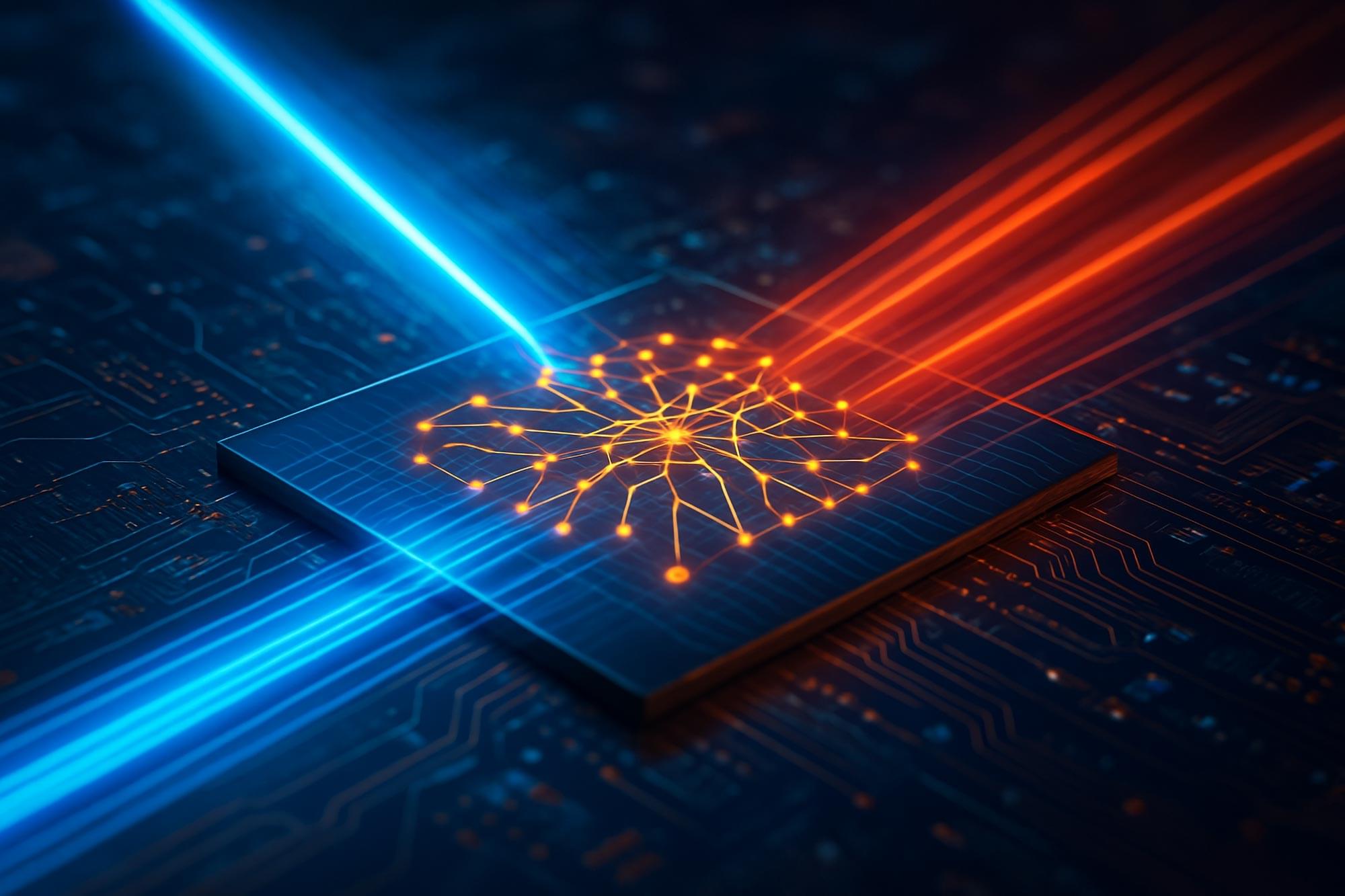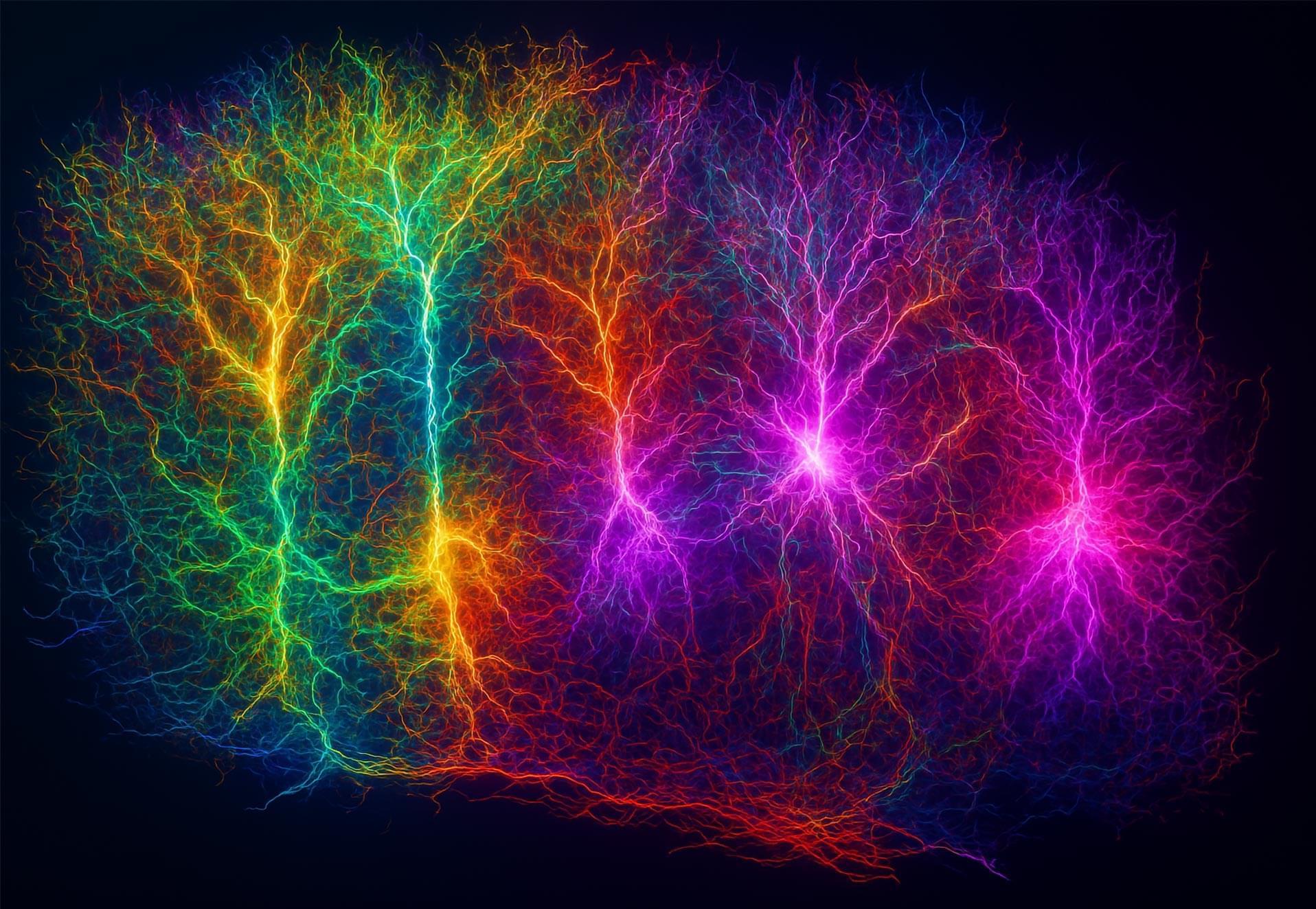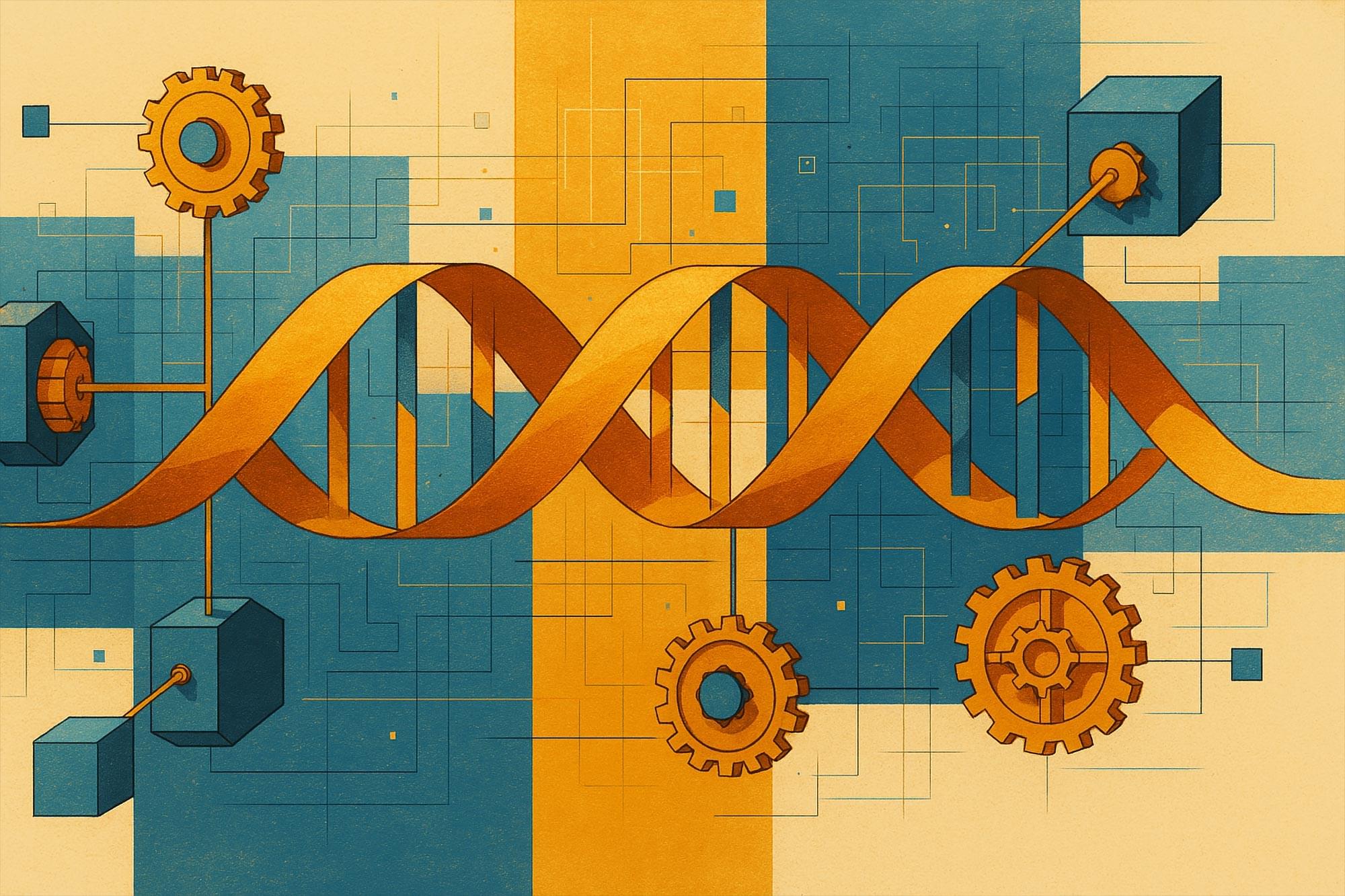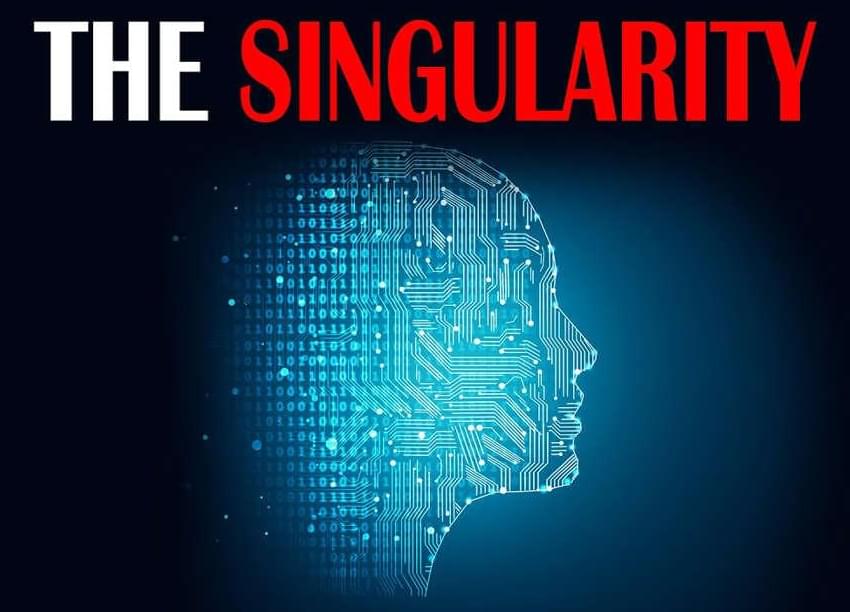🏭 Q: What upgrades are needed for the grid to handle increased energy demand by 2050? A: The grid needs to be upgraded to handle tripled energy throughput by 2050, requiring more power plants, wires, transformers, and substations to support increased demand from EVs, heat pumps, and AI. Innovative Charging Solutions.
🔋 Q: How do Electric Era’s charging stations reduce grid capacity requirements? A: Electric Era’s charging stations with batteries buffer the load, reducing grid capacity requirements by 70% and allowing for faster deployment in better locations like retail amenities and gas station parking lots.
⏱️ Q: What capabilities do Electric Era’s charging stations offer for energy management? A: Electric Era’s stations offer time of use charging and virtual power plant capabilities, storing energy upstream and providing the best time of use pricing to customers, making them more efficient and cost-effective. Energy Storage and Distribution.
☀️ Q: How can the “duck curve” phenomenon be addressed? A: The duck curve can be solved by building extra energy storage to store excess electrons, such as Tesla’s 10–12 GWh deployed last quarter and Electric Era’s smaller storage at more localized locations.
🔌 Q: What is the transformer scarcity problem and how can it be addressed? A: Transformers are being hoarded due to scarcity and strategic importance, exacerbating grid infrastructure issues. A strategic transformer reserve is needed to address this problem, according to Quincy from Electric Era. ## ## Key Insights ## Grid Infrastructure Challenges.
🔌 The 130-year-old grid infrastructure is antiquated and breaking apart, making it expensive and challenging to upgrade for increased energy demand.




